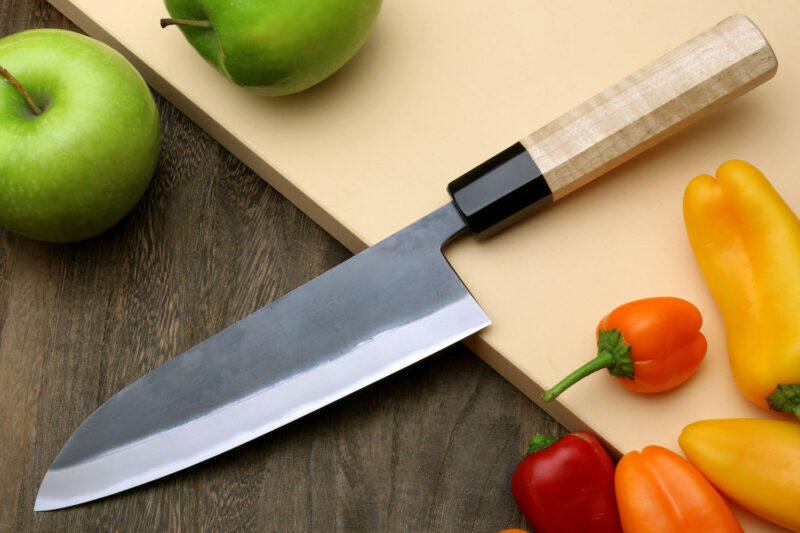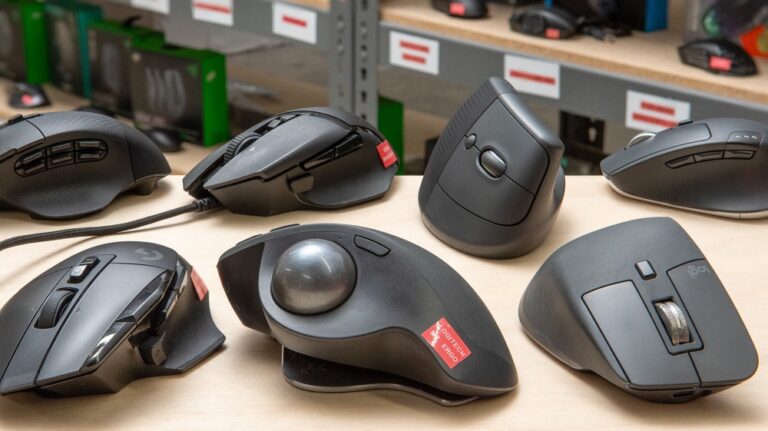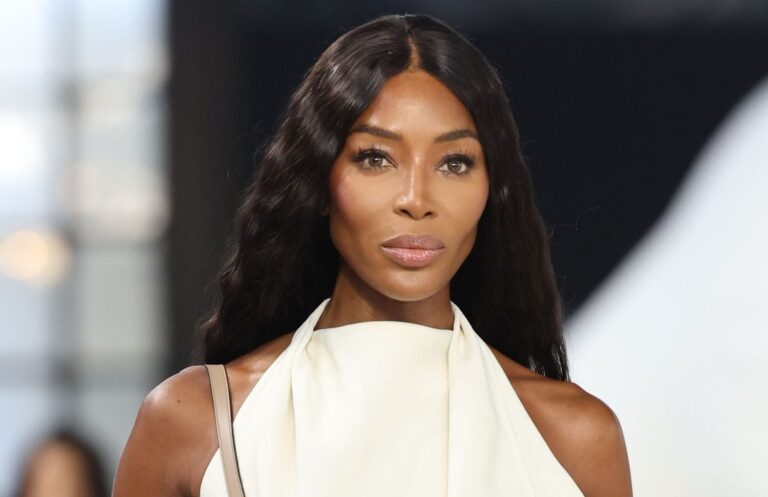Picking out a high-end kitchen knife? Yeah, it’s about as easy as navigating the wine list at one of those fancy fine dining places. It can be a real headache, but it doesn’t really have to be.
Just like a fine vintage, a good blade can take your cooking from “meh” to “mind-blowing.” So let’s get down to brass tacks and see what you need to pay close attention to when choosing those high-performance knives.
Fundamentals of Kitchen Knives
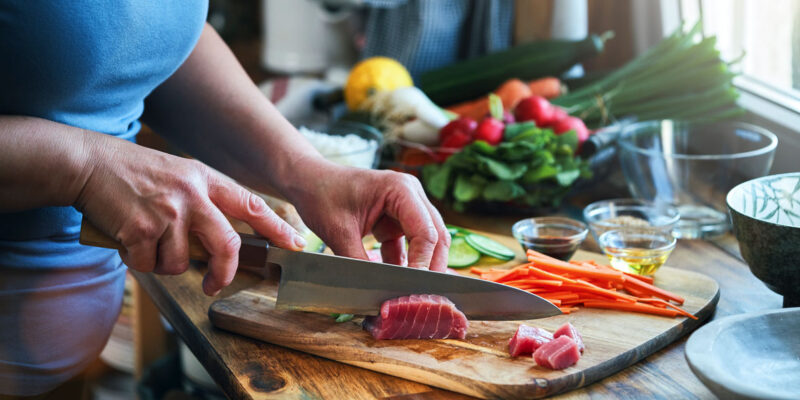
You know what they say, a good knife is the difference between a home cook and a culinary artist. Sure, you could try to chop onions with a dull blade, but do you really want to spend your evening crying over those little allium layers?
Knives aren’t just tools, they’re an investment in your skills. They’re the essentials of the kitchen, used more than 40 times a day by the pros.
If you’re serious about cooking, it’s time to get serious about your knives. A sharp blade can turn meal prep from a chore into a dance, and who doesn’t want to feel like a master chef, effortlessly slicing and dicing their way to a delicious creation?
A good knife is essential for cooking, serving both as a primary tool and an investment in culinary skills. For a range of high-quality knives that balance performance and durability, check out the selection at https://northwestknives.com/.
Types of Knives – Stamped vs. Forged
There are two main types of kitchen knives: stamped and forged.
- Stamped Knives: These are machine-made, mass-produced, and usually cheaper. But don’t let the price fool you; some stamped knives are pretty decent.
- Forged Knives: These are crafted using heat and specialized machinery. Think of them as the Ferraris of the knife world—expensive, but worth every penny if you’re into high performance and durability.
Generally, forged knives offer better performance and durability compared to stamped knives. But remember, a well-made stamped knife can still hold its own in the kitchen.
Essential Knives for Your Kitchen
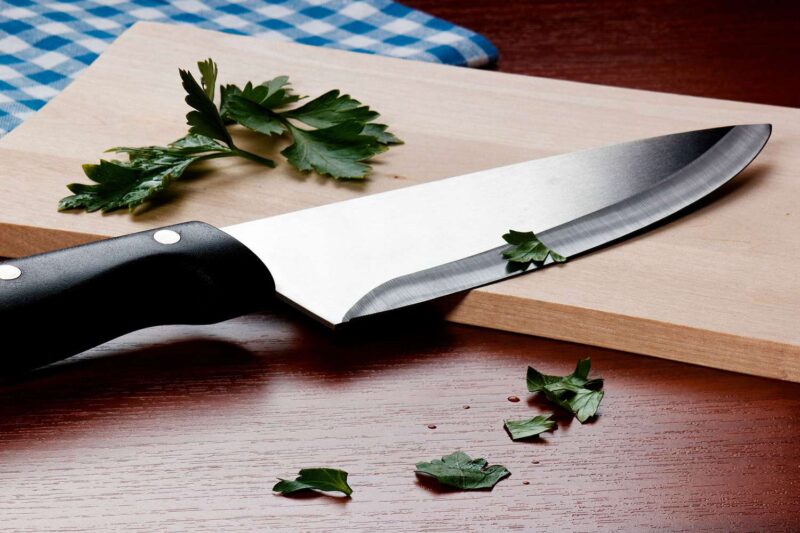
Before you go all-in and buy every knife in sight, start with the basics. Here are four essential knives you should have:
- Chef’s Knife: The workhorse of the kitchen. Great for chopping, slicing, and dicing.
- Paring Knife: Perfect for intricate tasks like peeling and mincing.
- Sharpening Steel: Not technically a knife, but essential for maintaining your blades.
- Bread Knife: Serrated edges make slicing through bread a breeze.
With these four, you’ll be well on your way to culinary greatness.
Blade Materials
Now, let’s talk about what your knife is made of. Blade materials affect everything from sharpness to maintenance. Here are the usual suspects:
- Carbon Steel: Super sharp, but prone to rust.
- High-Carbon Stainless Steel: Sharp and rust-resistant. A good middle ground.
- Damascus Steel: Looks pretty with its wavy patterns and offers good performance.
- Stainless Steel: Durable and rust-resistant, but might not hold an edge as long.
- Ceramic: Ridiculously sharp and retains edge well, but fragile. One wrong move and it’s chips ahoy.
Pick your poison based on what you value most—sharpness, durability, or ease of maintenance.
Handle Considerations
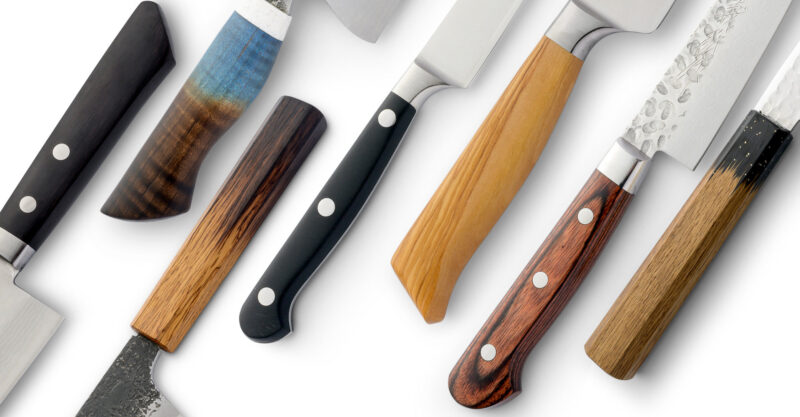
The handle of a knife is like the steering wheel of a car. A comfortable handle can make all the difference. Materials range from wood to plastic to metal. Wooden handles feel great but require more care. Plastic handles are easy to maintain but can feel cheap. Metal handles are durable but might be slippery when wet. Choose what feels good in your hand and offers a firm grip.
Specialized Knives
Once you’ve got the basics, you might want to expand your collection. Here are a few specialized knives for specific tasks:
- Utility Knife: A smaller, more versatile version of the chef’s knife.
- Boning Knife: Great for deboning meat and poultry.
- Slicing Knife: Ideal for slicing cooked meats.
- Fillet Knife: Perfect for filleting fish.
Each has its place in a well-rounded kitchen.
Knife Storage and Care
You should treat your knives like royalty, as they are. If you want those bad boys to stay sharp and last a lifetime, you gotta show ’em some love.
First things first, storage. You wouldn’t just toss a pile of cash in a drawer, would you? Of course not! So why would you do that to your knives?
Get yourself a fancy knife block, a magnetic strip, or some protective sheaths. Trust me, it’s way better than dealing with dull blades and slicing your fingers open.
Now, maintenance. This is where things get real. You gotta hand wash those babies. No dishwashers allowed. They’ll rust faster than a ’97 Corolla in a rainstorm. Dry ’em off immediately, too. You don’t want any unsightly water spots ruining their good looks.
Next up, honing and sharpening. Honing is like a little tune-up for your blade. Use a sharpening steel to keep that edge nice and aligned. But every once in a while, you’ll need to go the extra mile and get them sharpened.
Grab a sharpening stone or honing rod, and hit that 20-degree angle like a pro. Your knives will be sharper than a tack and ready to slice through anything.
Key Qualities of a Good Kitchen Knife
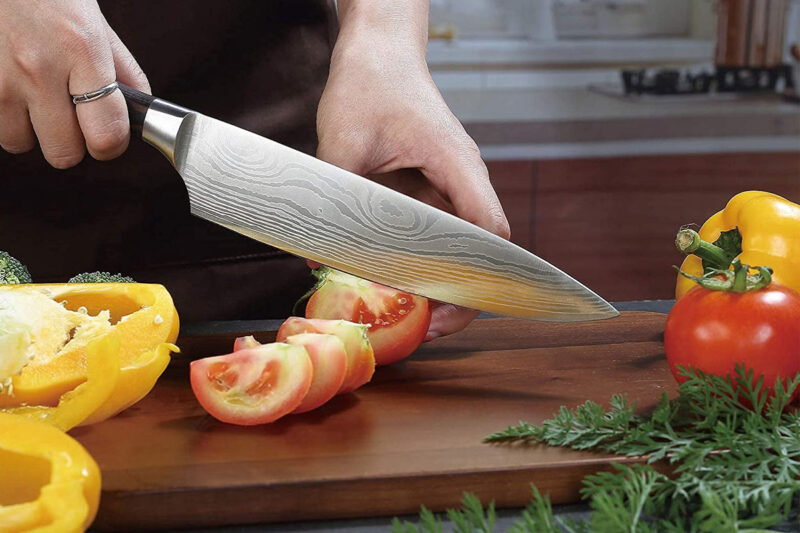
Here’s what to look for in a good kitchen knife:
- Sharpness: A sharp knife is safer and more efficient.
- Durability: You want a knife that can take a beating and still perform.
- Balanced Weight: A well-balanced knife feels good in the hand and reduces fatigue.
- Comfortable Handle: A comfortable grip is crucial for control and precision.
- Ease of Maintenance: Look for materials that are easy to clean and maintain.
Blade Types for Specific Tasks
Different tasks call for different blades. A chef’s knife is your go-to for most tasks. A serrated knife is essential for bread. A paring knife is your best friend for detailed work. Each type has its strengths, so use them accordingly.
Regular Sharpening is Crucial
Regular sharpening is non-negotiable. A dull knife is dangerous and inefficient. Use a sharpening stone or honing rod to keep your blades in top shape. Remember, a sharp knife makes everything easier.
Weight Balance and Handle Design
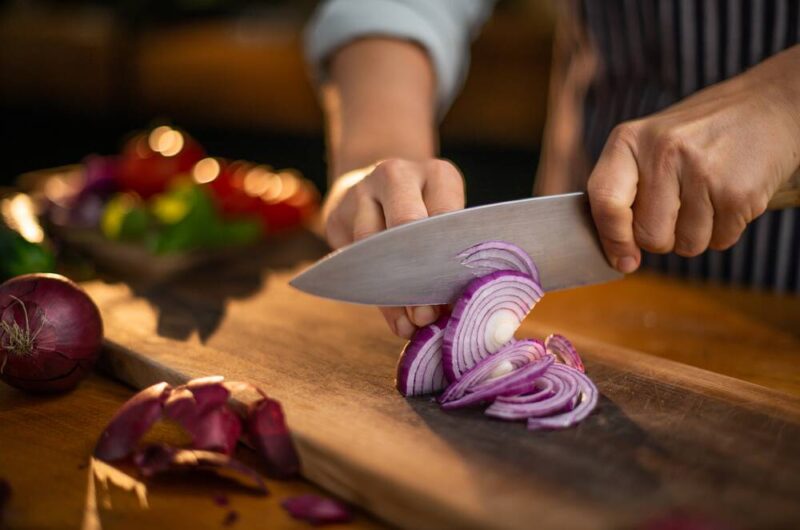
Weight balance and handle design affect usability and comfort. A well-balanced knife allows for precision cutting, while a comfortable handle reduces strain. Don’t compromise on these features—they’re vital for a pleasant cooking experience.
Final Thoughts
Choosing the right kitchen knife isn’t rocket science, but it does require some thought. Focus on what matters: sharpness, durability, balance, comfort, and maintenance. Start with the essentials and expand your collection as needed. Remember, a good knife isn’t just a purchase—it’s an investment for anything you will do in your kitchen in the future.
Related Posts:
- What Are Selection Statements in Java? Key Concepts…
- Portable Homes: Types, Features, and How to Choose…
- Key Differences Between ISO and Internal QA Standards
- Top Factoring Software for 2025 – Features You Can't Ignore
- Must-Have Features When Selecting an Online Betting Platform
- Game-Changing Features in Modern Sports Betting Apps

